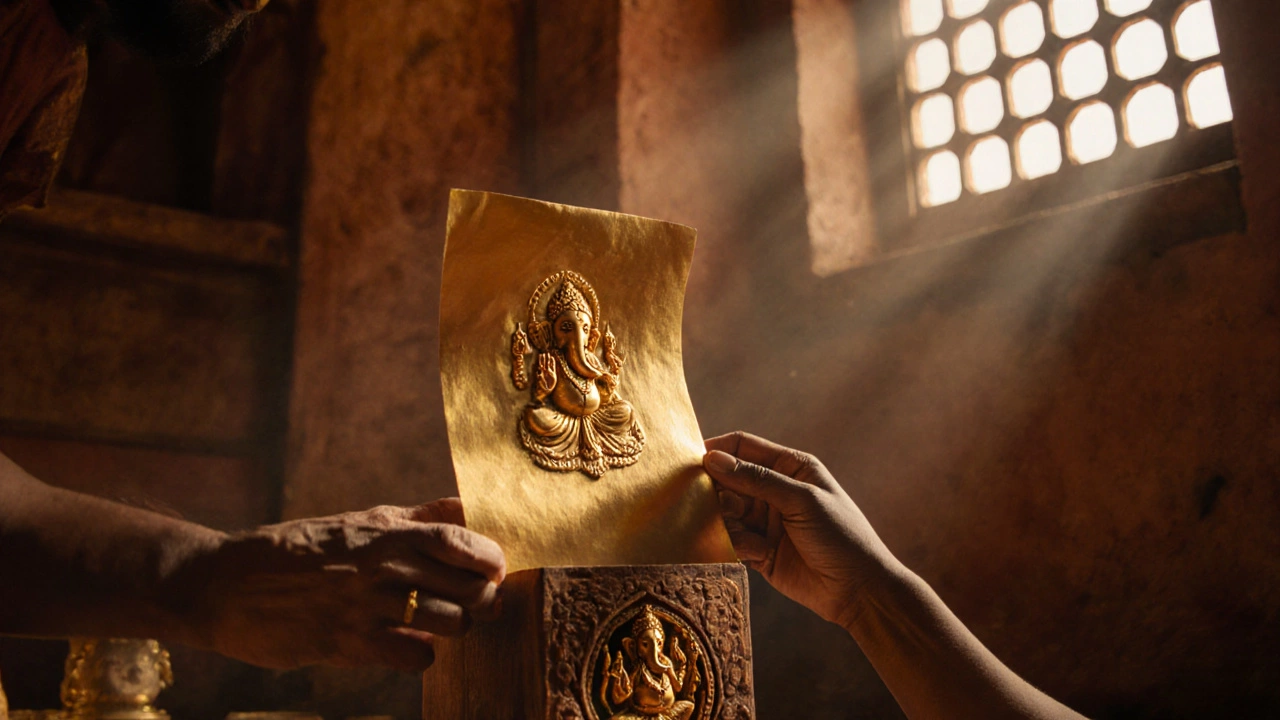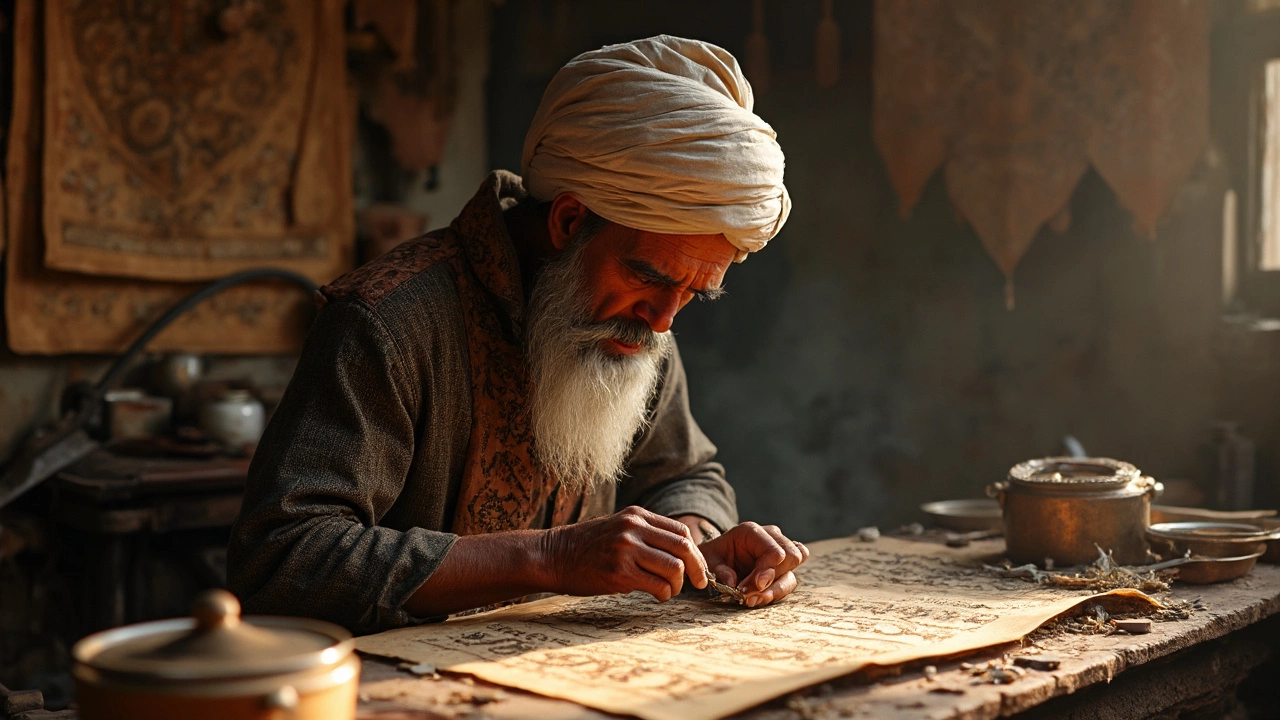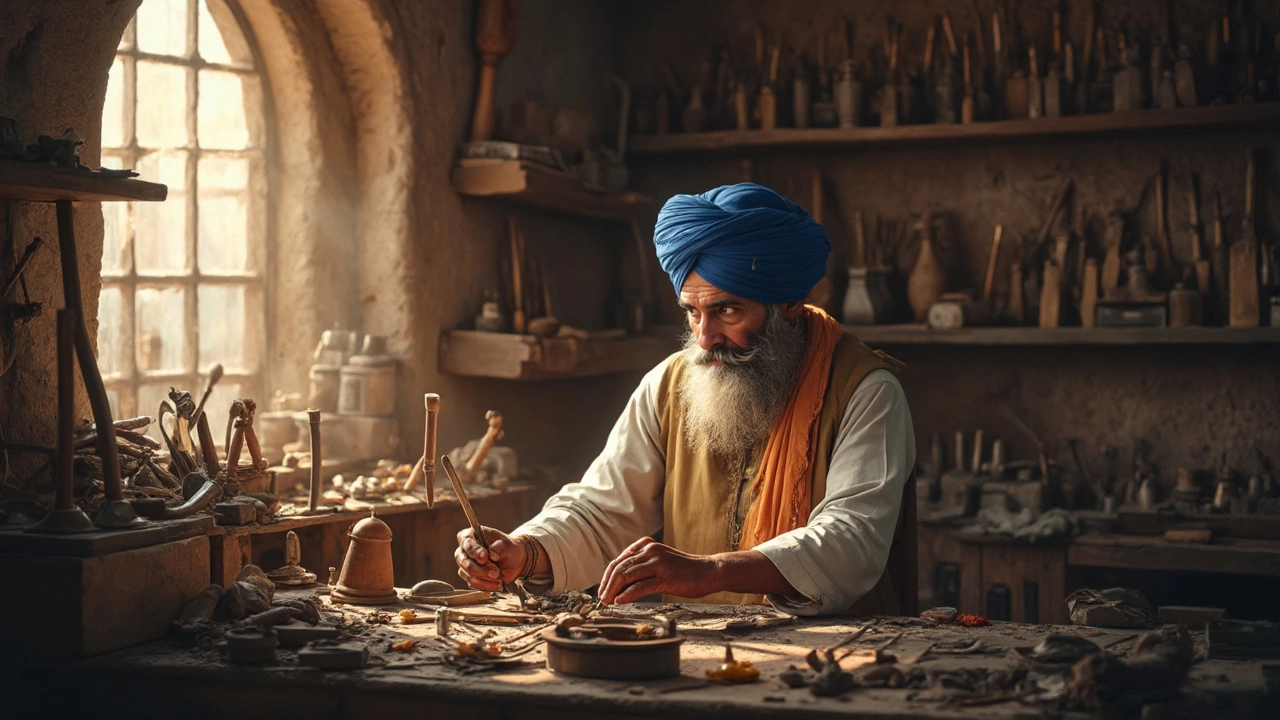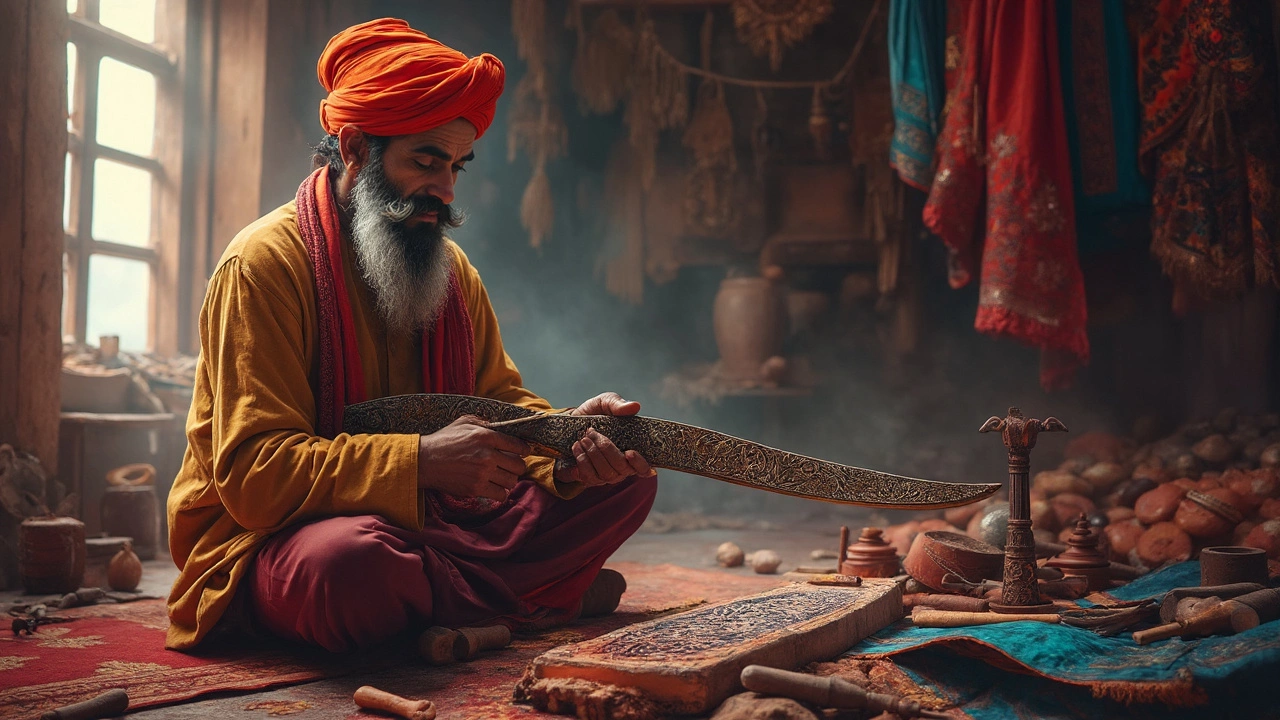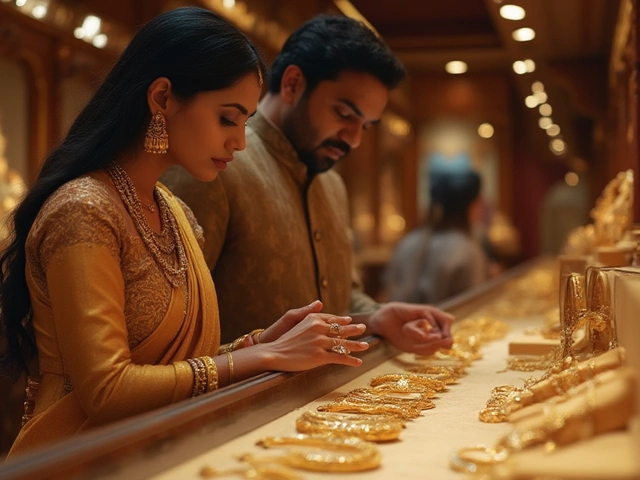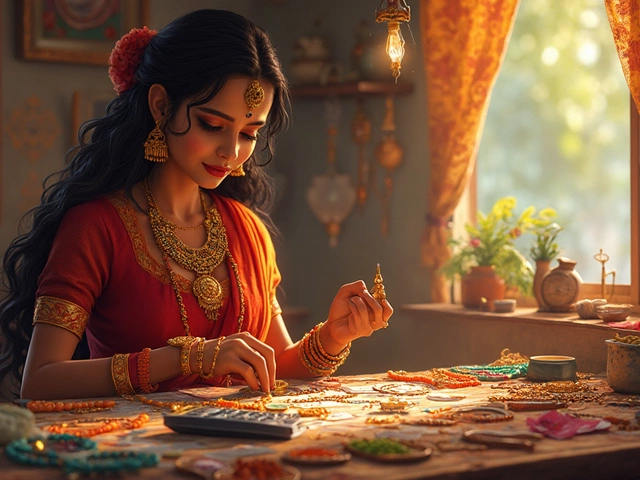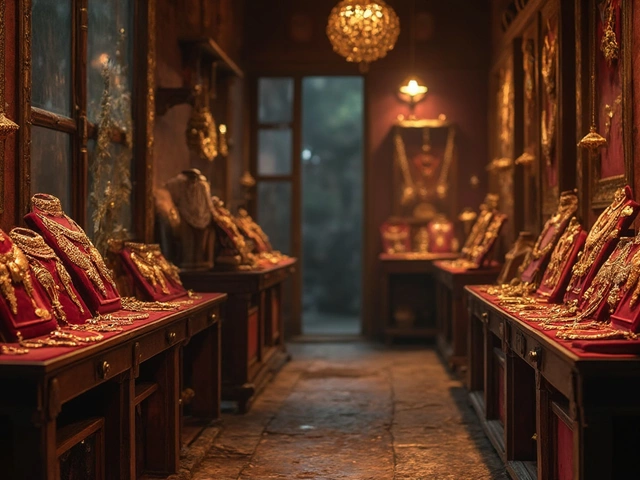Materials that Make Jewellery Shine
If you love jewellery, knowing what it’s made of matters. Gold, silver, fabrics and even tiny beads each have a story and a set of rules. This guide breaks down the most common materials you’ll see on RH Jewellers and shows you how to pick what fits your style and budget.
Gold: From 21K to 875
Gold in India usually carries a stamp – 21K, 22K, or the numeric 875. The “875” means the piece is 87.5% pure gold, the same as 21K. Look for the BIS hallmarked logo next to the number; it guarantees the purity. When you shop, compare the price per gram with the current gold rate. A higher price often means extra work like polishing or a design that adds value.
Because gold mixes with other metals for strength, it can feel heavier than it looks. If you’re buying a pendant or ring, give it a quick weight test – genuine gold feels solid, not flimsy. And always ask the seller for a Hallmark Certificate if you’re unsure.
Silver and Its Marks
Silver comes with its own stamps. The most common in India is “833”, which tells you the piece is 83.3% pure silver, also known as “sterling”. Like gold, genuine silver will have the BIS hallmark nearby. Spotting a fake is easy: a magnet will stick to cheap silver‑plated items but won’t affect real 833 silver.
Silver tarnishes over time, so a light polishing cloth can keep it bright. If you buy a set of earrings or a bracelet, check the joints – solid solder work lasts longer than glued pieces.
Besides metal, fabrics play a big role in how jewellery looks when you wear it. Cotton and bamboo are breathable choices for hot climates, while silk and Pashmina add a luxe feel for special occasions. Matching the right fabric with your jewellery can boost comfort and style. For example, a gold chain against a silk sari highlights the metal’s shine, whereas a cotton kurta lets a silver bangle stand out without feeling heavy.
Black beads and bangles often appear in mangalsutra and other traditional pieces. The dark color isn’t just a fashion statement; it’s believed to ward off negativity and add balance to the look. When you see a black bead, check if it’s natural stone or a dyed glass – both are fine, but natural stones usually command a higher price.
Quick material checks can save you from a bad buy. A magnet test separates most cheap plating from real metal. A simple weight comparison against a known piece helps you feel the difference. And always read the product description for hallmark details; if it’s missing, ask the seller before you purchase.
Understanding these basics lets you shop with confidence. Whether you’re after a 21K gold ring, a set of 833 silver earrings, or a fabric‑friendly necklace, knowing the material’s traits helps you choose pieces that last and match your style.
Temple Jewelry Materials Explained: What Is It Made Of?
Explore the metals, gemstones and regional variations that make up Indian temple jewelry, learn how to assess authenticity, and get care tips for lasting shine.
Crafting Kirpans: Exploring Materials and Techniques
Kirpans, an integral part of Sikh faith, are meticulously crafted using age-old techniques and diverse materials. This article delves into the process of making a Kirpan, highlighting the artisanship and materials involved. Discover the craftsmanship that goes into these ceremonial blades and learn about the cultural significance behind them. Get a glimpse into the skills and dedication required to forge these symbolic swords.
Kirpan Craftsmanship: The Art of Making These Sacred Blades
Explore the fascinating world of Kirpan craftsmanship, where traditional skills meet modern techniques to create these sacred symbols. Learn about the materials used, the intricate processes involved, and the cultural significance that makes each Kirpan unique. This article provides a practical guide to understanding how Kirpans are made, ensuring you appreciate the artistry and dedication behind every blade. Dive into the details that make Kirpan production a revered craft.
Kirpans: The Art and Craft of Their Creation
The Kirpan is more than just a blade; it is a symbol of the Sikh faith with deep spiritual meaning. This article explores how Kirpans are crafted, focusing on the materials and techniques involved. From traditional methods to modern innovations, the process reflects a blend of cultural heritage and skilled craftsmanship. Discover the intricate details and dedication that go into making each Kirpan uniquely significant.
